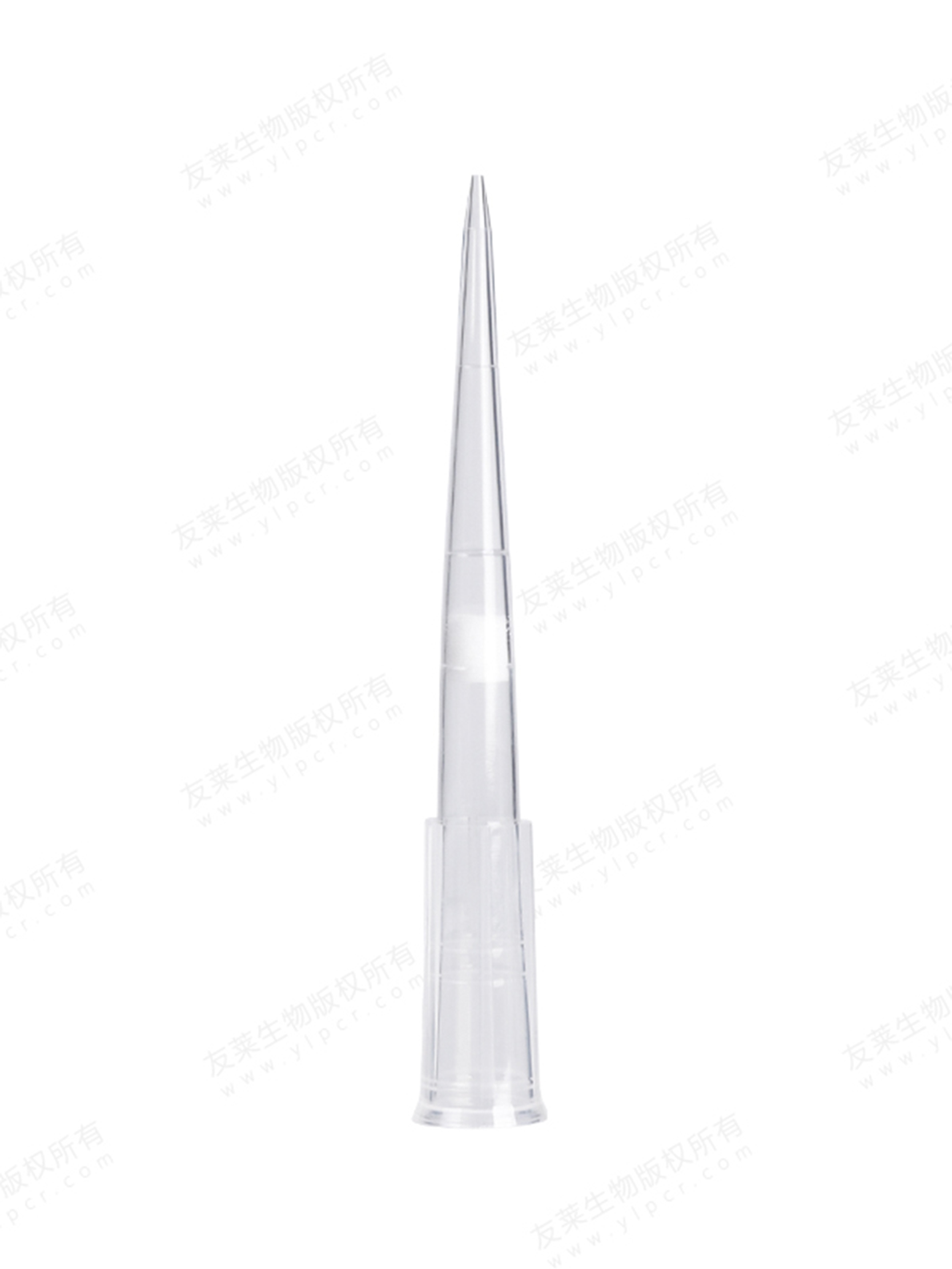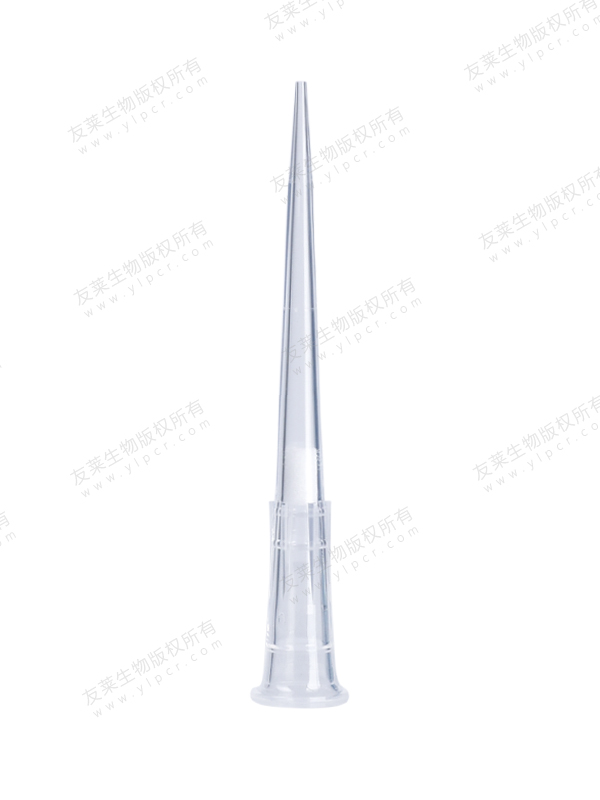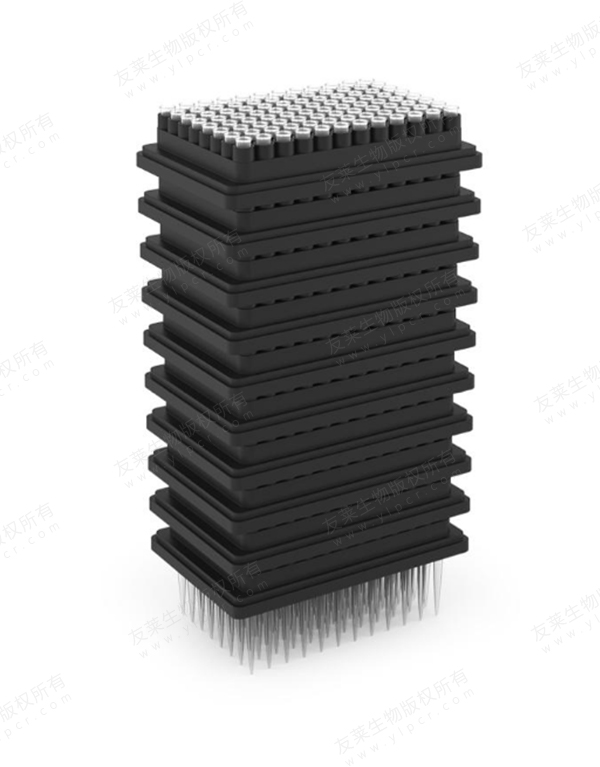The typical volume capacity of standard PCR (Polymerase Chain Reaction) tubes is 0.2 milliliters (mL) or 200 microliters (µL). This standard capacity is designed to accommodate the small reaction volumes commonly used in PCR reactions. Here's how the volume capacity of PCR tubes affects their applications in PCR reactions:
Appropriate for Small Reactions: The 0.2 mL capacity of standard PCR tubes is well-suited for typical PCR reactions, which involve relatively small reaction volumes. PCR is a highly sensitive technique, and reactions often require only a few microliters of template DNA, primers, nucleotides, and polymerase enzyme.
Minimizes Sample Waste: Using PCR tubes with a 0.2 mL capacity minimizes sample waste, as you can accurately dispense and use small volumes of reagents. This is particularly important when working with precious or limited samples.
Efficient Heat Transfer: The thin-walled design of standard PCR tubes allows for efficient heat transfer during the thermal cycling process in PCR machines. This rapid and uniform heat transfer is crucial for achieving accurate DNA denaturation, annealing, and extension.
Compatibility with PCR Machines: Most PCR machines are designed to accommodate standard 0.2 mL PCR tubes. These machines typically have heated blocks or thermal cycling chambers that hold PCR tubes securely and ensure precise temperature control during PCR cycles.
Consistent Reaction Conditions: Using standardized PCR tubes with a consistent volume capacity helps maintain uniform reaction conditions across different PCR reactions and experiments. This consistency is essential for obtaining reliable and reproducible results.
High-Throughput Applications: When high-throughput PCR is required, PCR tubes with 0.2 mL capacity can be arranged in 96-well or 384-well PCR plates, allowing researchers to run multiple reactions simultaneously.
While 0.2 mL PCR tubes are the standard choice for most PCR applications, it's important to note that there are variations available with larger volume capacities, such as 0.5 mL or 1.5 mL PCR tubes. These may be used in specific research applications where larger reaction volumes or sample storage are necessary. However, for routine PCR reactions and most molecular biology applications, standard 0.2 mL PCR tubes are the preferred choice due to their efficiency, compatibility with PCR machines, and cost-effectiveness.

 English
English русский
русский 中文简体
中文简体




